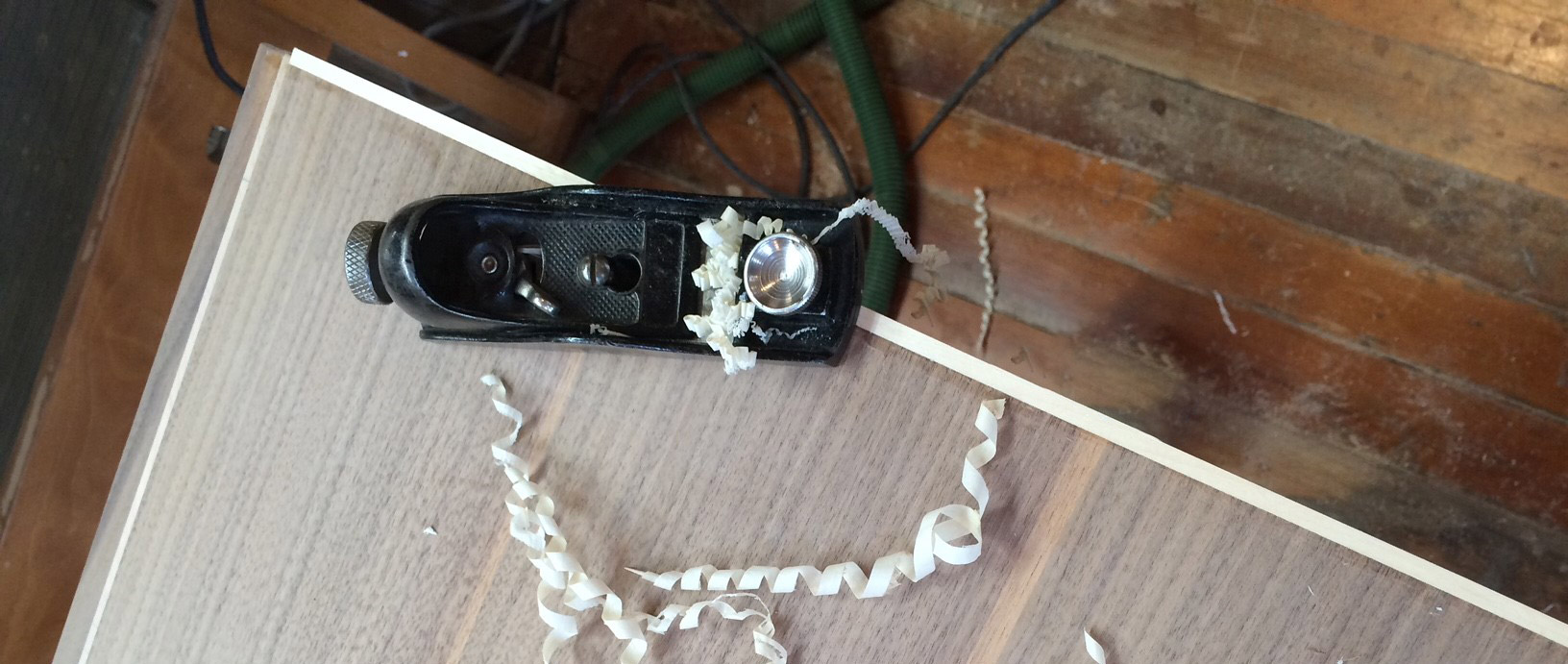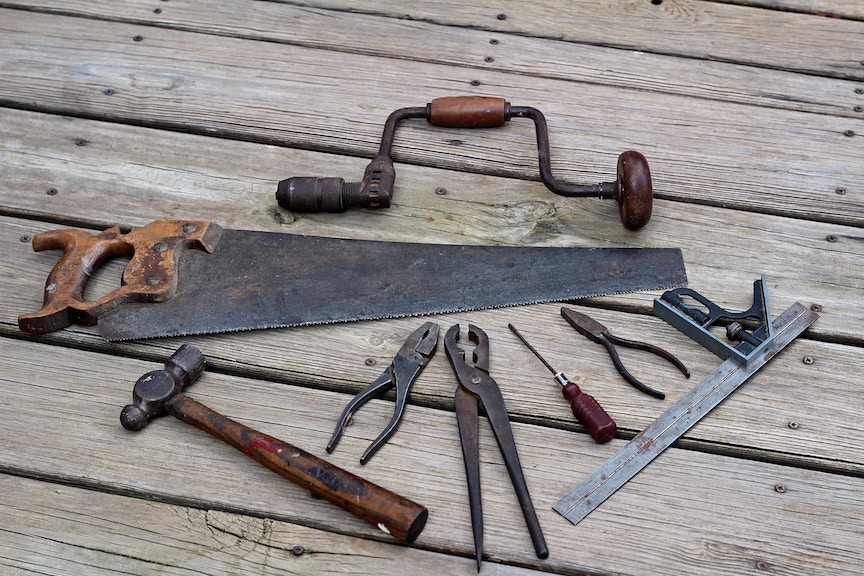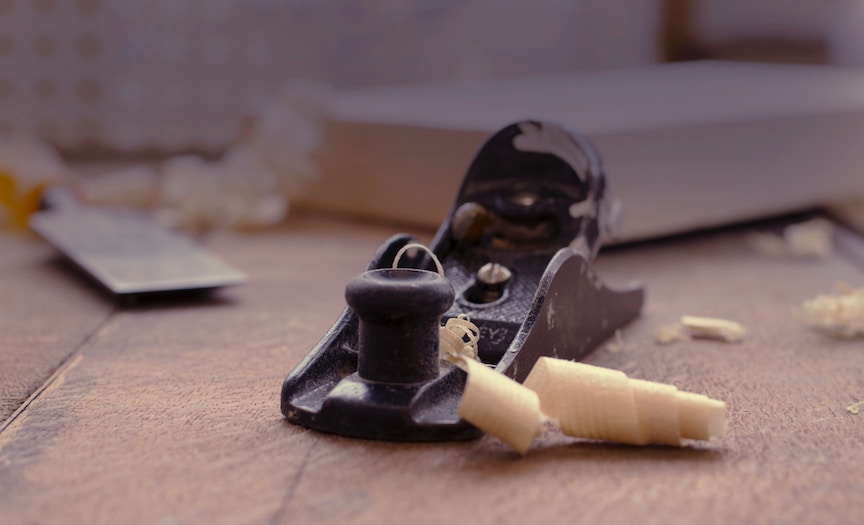One of the obvious joys many, including me, feel from making things is the very real and tangible pleasure of seeing and touching and perhaps smelling and, adding all those things together, experiencing proof of our efforts. It is often said that some people are just naturally “makers”. But I would suggest that we are all naturally makers. Think of the youngest children and their innate urges to build or smear or collect, and the resultant beaming gestures towards their parents as if to say, “ Look at what I have made. Am I not wonderful?”
I do not believe that act is based in ego, but rather a feeling of wanting to prove one’s value.
And, while I think that making things is a way of having others acknowledge our worth, far more importantly, it seems to me, it is a very convincing way for each of us to see and reiterate for ourselves, our own worth.
All of us, to a greater or lesser extent, find the feeling of satisfaction a real pleasure in our lives. Sometimes those moments of satisfaction are few and far between, and I would guess our general happiness level would necessarily ebb at those same times. And then, during periods of great satisfaction, must necessarily come great periods of happiness.
When I was in college, I had two friends who were graduate students working in cancer research. They had been working for years on groundbreaking material, and I remember one day I ran into them on campus. I asked them how their work was going, and they casually mentioned that some researchers at another university, had, just days before my friends were to publish their work, beaten them to the punch. They seemed to take it in stride but I was crushed for them. It felt to me, as if they had poured themselves into their work for years and had very little to show for it. Similarly, I have counselor friends who sometimes work with patients for years and in the end see little change or actual regression. I am just speaking for myself, but it fuels my satisfaction, my sense of pride and, my joy with my life when I can stop and admire the work I have done, or even, am still doing. And quite often, and this is key, with work that produces physical results, such as a chef, or a gardener, or a furniture maker, this joy is there throughout the day. Besides not being smart enough, I could never be a cancer researcher.
For me, every set of dovetails precisely cut, every piece of wood resawn and bookmatched to a mirror imaged thrilling composition, every chisel or plane edge honed to a sharpness that feels almost sticky, and every time a beautifully fitted drawer gives off a gentle “whoosh”, brings an adrenaline rush, and deep sense of all is well with the world. It may seem self-serving, but the warm feeling you get from squeezing a freshly baked loaf of bread, or running the gentle skin of your forearm against a wooden surface left smooth by an impeccably sharpened handplane, gives a person a sense of having really done something in a way that having sent off a stack of emails never can.
Sadly, I suspect that the millenia old satisfaction in having done a hard day’s work, and seeing tangible results may be, for many in this digital-stationary time, an unobtainable moment. (Remember, no one ever said, “I want to just sit back and proudly reflect on an easy day’s work”. Or, at least I HOPE we haven’t come to that).
The particular joy of woodworking for me comes from the inescapably absorbed and content feeling I have each and every time I am in my studio. My work would be too dangerous and/or too poorly done if I were not drawn so deeply in to virtually every one of hundreds of tasks any given piece of woodworking involves throughout the day. I could not begin to count the times I have completely forgotten to stop and eat my lunch, and occasionally even my dinner that same day, so delectably lost am I in my chisels, and squares, and spokeshaves, and clamps, and….. any one of hundreds of specialized tools I pick up every day.
In my first studio I had when I was just starting here in Seattle were high ceilings with wooden beams overhead. The beam just over my workbench developed over time a series of small small holes in it. It came from my launching chisels up to the ceiling? Why?, you may ask, as many others have. Because sometimes people walk up behind me and shout my name when I am lost in a delicate process and I become terribly startled. Why, you will then ask, were they shouting my name? Visitors told me over the years that they would knock loudly on my door for a long time, and upon hearing no answer, they would open it, pass along my long racks of lumber, stop to call my name, and after still no response, come closer, until they would be just behind me, then whisper my name, and in a final act of frustration, shout it. Up until then I was delicately paring down the cheeks of a dovetail with a sharp chisel. The next thing I knew was fetching a ladder and climbing it to retrieve that chisel.
Imagine being that absorbed in your work. It is a glorious way to reach the end of a day, the end of a year, to live a life.




